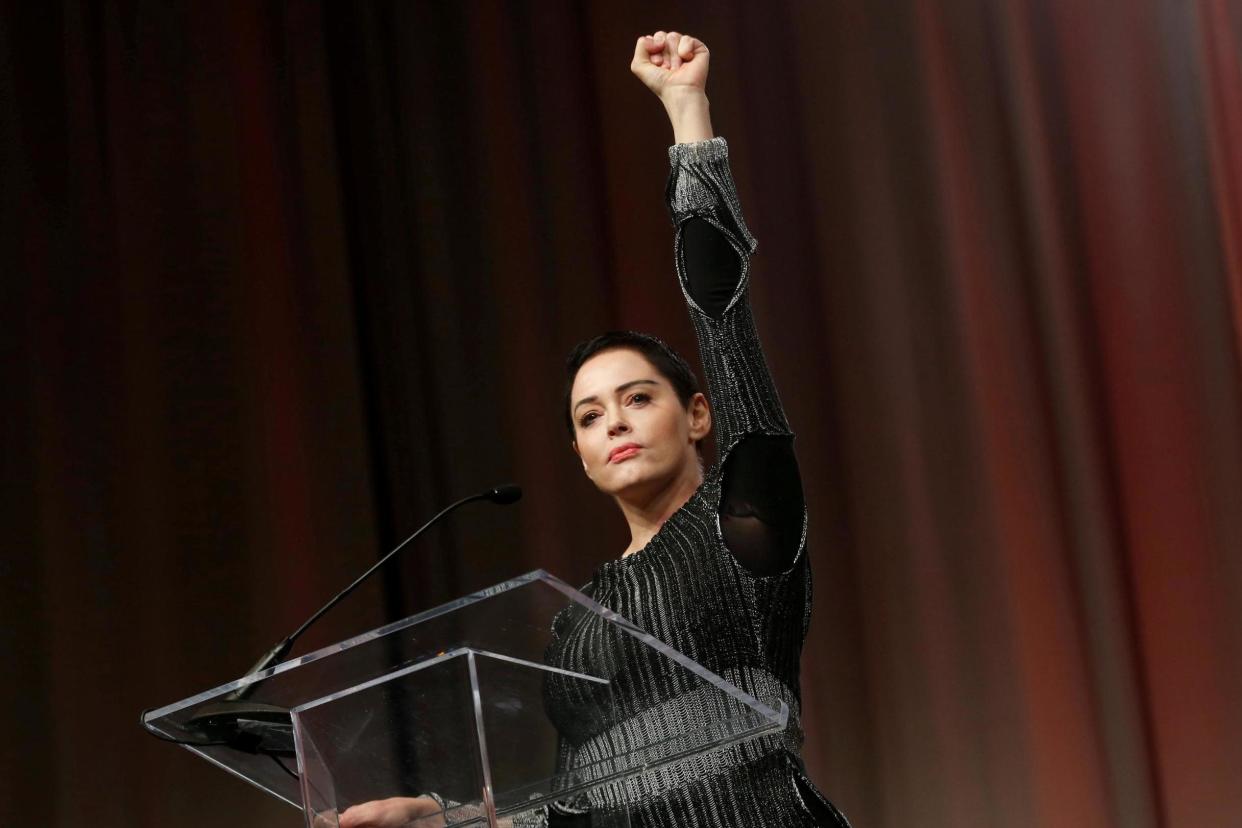The new way to take a political power trip

There is a potent new force to be reckoned with, it is called New Power and it is causing a seismic wave in politics and workplaces.
Henry Timms and Jeremy Heimans, who describe themselves as digital activists, explain the change in their book, New Power. For years, we have been governed by Old Power. It is only held by a few. “Once gained it is jealously guarded,” they write. “It is closed, hierarchical, inaccessible and leader-driven.”
Its challenger, New Power, is like a current. It’s people-driven, and the goal is to channel rather than hoard it. New Power is made by many, it is open, participatory and peer-driven — spot it at work with #MeToo, Rose McGowan speaking out about her experience, and #BlackLivesMatter. You may not have thought of it before but it’s at work in every corner of our new hyper-connected world: on Instagram, inside Westminster or the White House. Indeed, you might even be part of it yourself.
This is how to empower yourself.
Platform power
New Power doesn’t preclude leaders. Donald Trump is a case in point: in many ways, his inherited, hierarchical approach resembles Old Power but his success as President very much employs the tactics of New Power: from his Apprentice roots to — crucially — his social media presence on Twitter, where he has built a broad audience.
Trump is the leader of a vast, decentralised army who give him a base — the book calls him a Platform Strongman, mastering New Power techniques to achieve authoritarian ends. There’s a similar case to be made for Jeremy Corbyn and his Momentum base.
Office power play
New Power isn’t just about high- level politics. Office politics comes into it as well. You can’t just ignore the Old Power ways of working — hierarchical, secretive structures have their benefits, and more participation doesn’t necessarily lead to more representation. But as Silicon Valley shows, paying heed to group decisions and democratic procedures can cement your position and build popularity.
Crowd power
The book uses Harvey Weinstein as an example of the embodiment of Old Power and its elitist, top-down nature, while the resulting #MeToo campaign exemplifies the New Power values of grassroots movements, online crowd-sourcing and what Timms and Heimans call radical transparency — approaches that radically increase the openness of the organisational process. No doubt, New Power won over Old in this example and it’s a formula that just keeps on winning: hashtags over handshakes, social media over experts, memes over fact.
Blended power
The book is in favour of New Power — Timms is the brains behind the philanthropic #GivingTuesday — but hashtags and marches won’t always cut it, the authors explain. Their argument is not to forget the old power skills but to combine them with new tactics. “The key is learning how and when to use old and new”, which they called “blending” power.
New Power is out now (Macmillan, £20)

 Yahoo News
Yahoo News 
